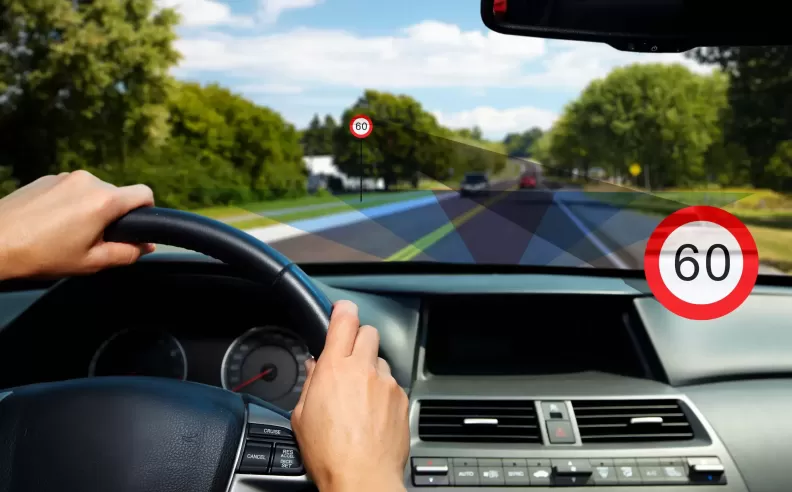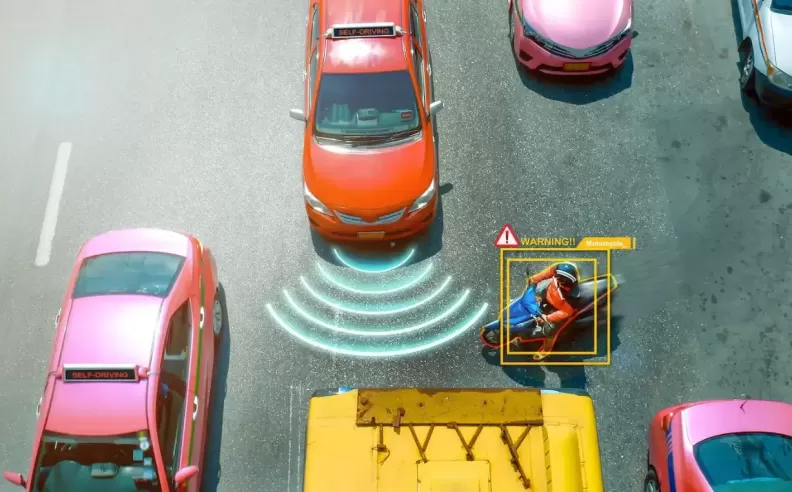
In recent years, automotive technology has advanced rapidly, with one of the notable developments being traffic detection systems in vehicles. These systems, often integrated with a broader suite of advanced driver-assistance systems (ADAS), play a crucial role in enhancing road safety and driving convenience. Let's delve deeper into what traffic detection systems are, how they work, and why they are becoming increasingly important in modern automobiles.

A traffic detection system in cars refers to a sophisticated technology that utilizes sensors and cameras to detect and interpret traffic conditions in the vehicle's vicinity. The primary objective is to provide real-time information to the driver about potential hazards, traffic congestion, pedestrians, cyclists, and other vehicles on the road. By continuously monitoring the surroundings, these systems assist drivers in making informed decisions and taking appropriate actions while driving.
How Does it Work?
Traffic detection systems rely on a combination of sensors, cameras, and sometimes radar or lidar technology to gather data about the vehicle's surroundings. These sensors are strategically placed around the car, often integrated into the front grille, rear bumper, side mirrors, and sometimes even within the windshield. Each sensor continuously scans its respective area, collecting data on nearby objects, their speed, distance, and trajectory.
The data collected by these sensors is then processed by an onboard computer system that uses sophisticated algorithms to analyze and interpret the information. This analysis helps in identifying potential risks or obstacles on the road, such as slow-moving vehicles, sudden stops, or pedestrians crossing the street. The processed information is then relayed to the driver through visual or audible alerts on the dashboard, heads-up displays, or infotainment screens.
Key Features and Benefits
Importance of Traffic Detection Systems:
In conclusion, traffic detection systems represent a significant advancement in automotive safety and convenience. These systems leverage cutting-edge sensor technologies to provide drivers with critical information about their surroundings, ultimately making driving safer and more manageable. As these technologies mature, they will play a central role in shaping the future of transportation towards safer and more efficient mobility solutions.

Wael is an automotive content writer specializes in creating written content for Motor 283. Producing a wide range of content, including blog posts, articles, product descriptions, reviews, and technical guides related to cars, trucks, motorcycles, and other vehicles, with an unprecedented passion for cars, and motorcycles.
